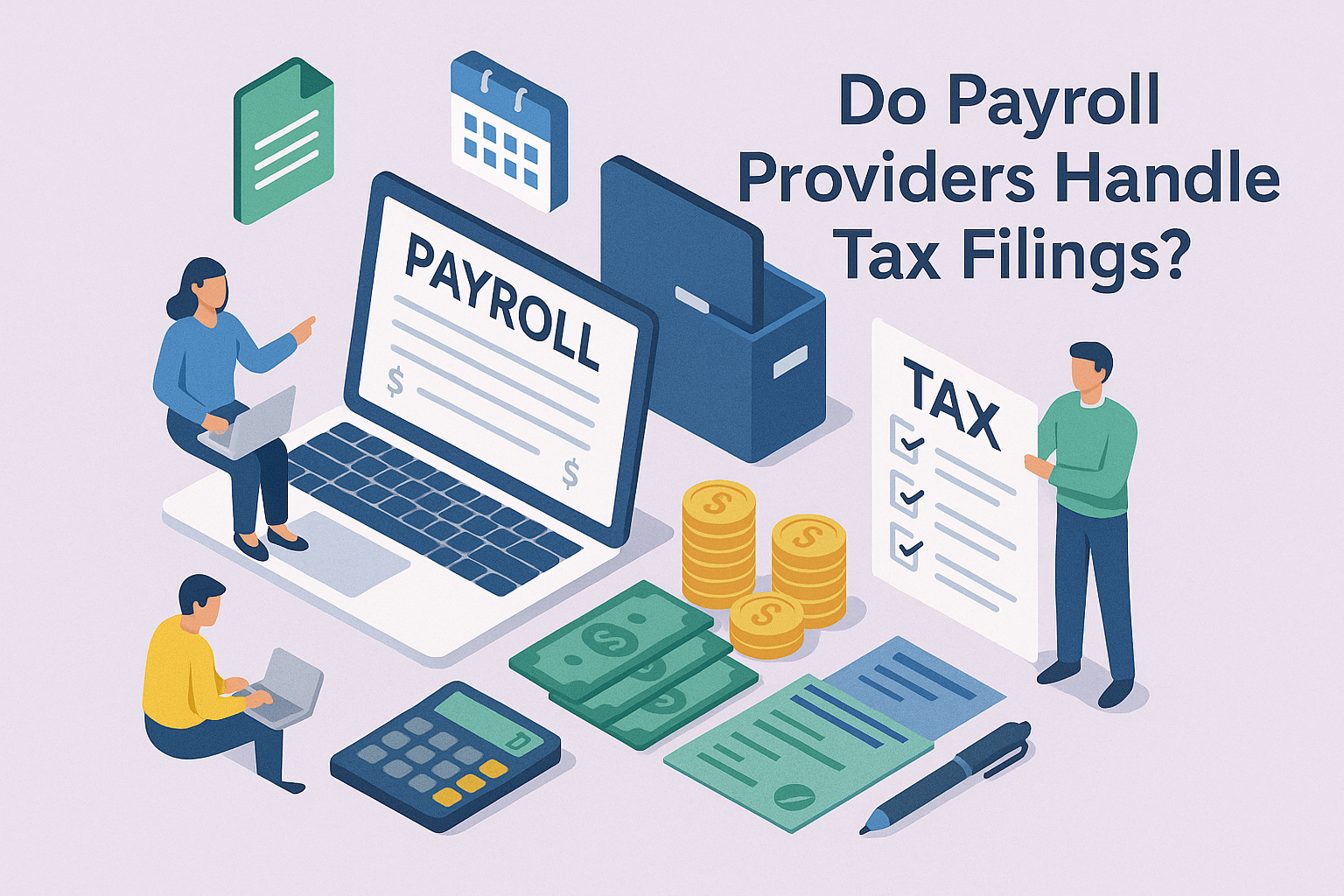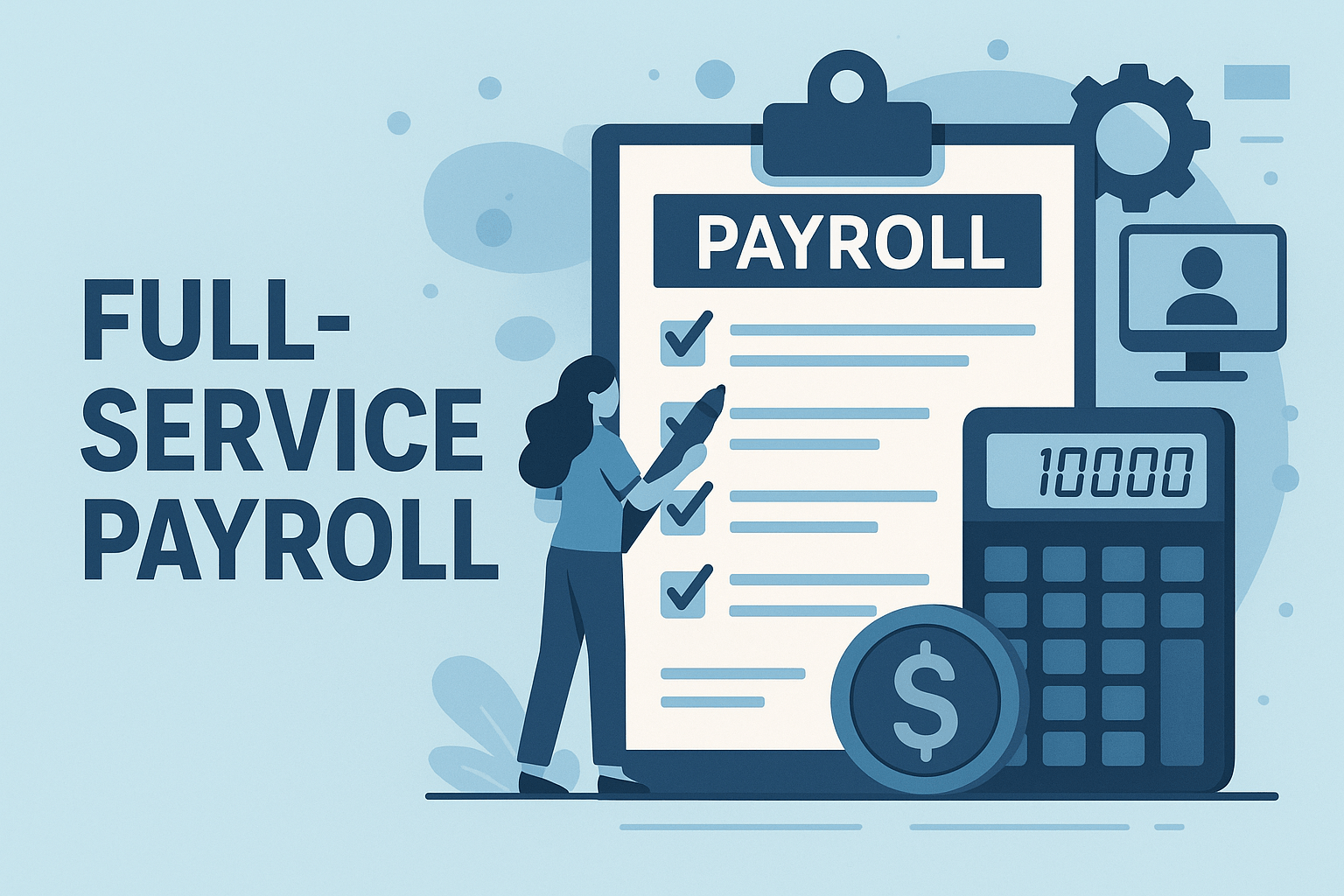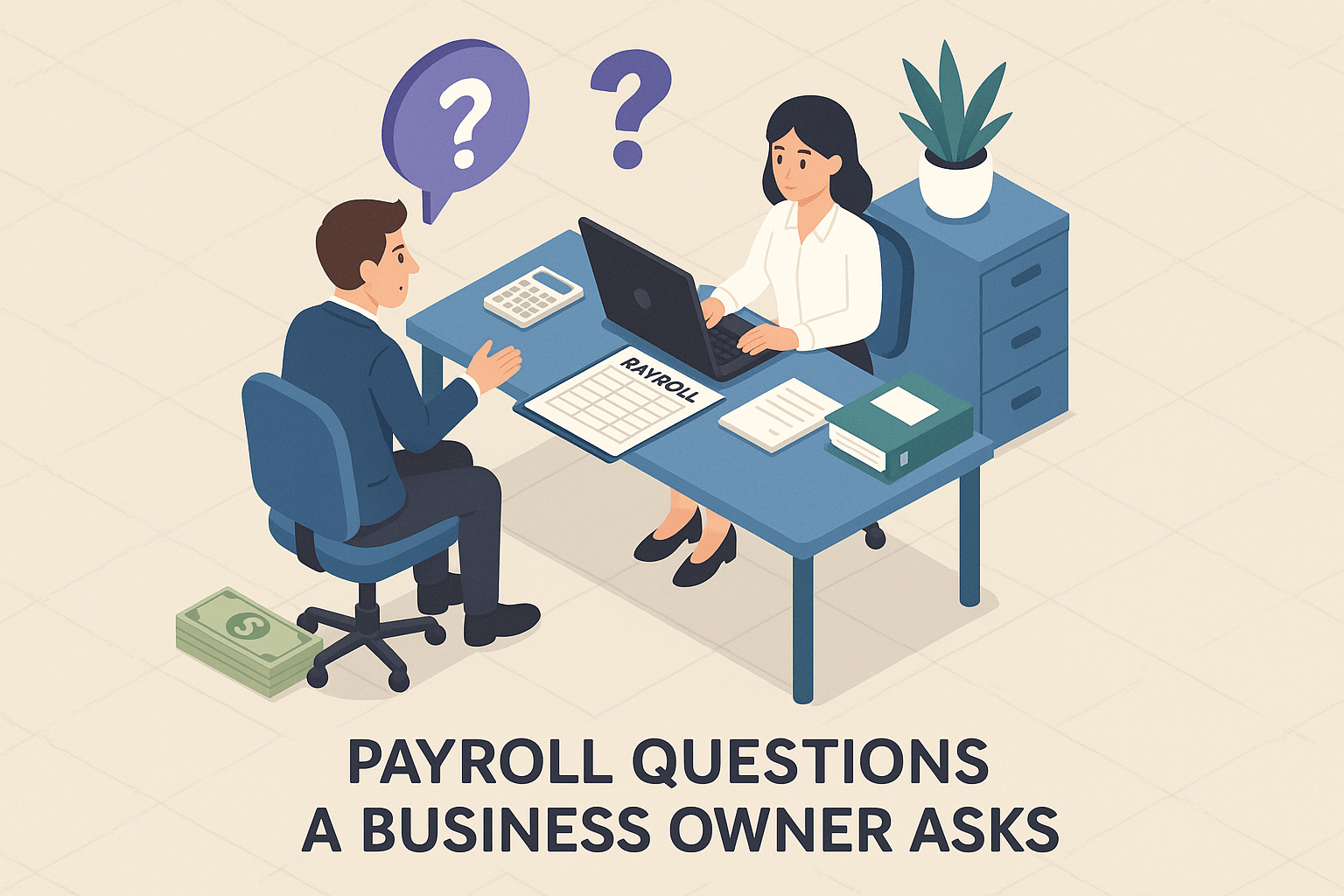Maximize Your Refund: A Guide to Filing Supplemental ERC Claims
November 27th, 2024
4 min read

Are you feeling overwhelmed by the intricacies of filing for the Employee Retention Credit (ERC)? Maybe you’ve recently realized your business didn’t claim its full entitlement. If that sounds familiar, you’re not alone. Navigating the IRS’s ever-changing guidelines has left many business owners unsure of how to secure the refunds they deserve. Missing out on these critical funds—especially in today’s economic climate—can be incredibly frustrating.
At Lift HCM, we understand how daunting this process can be. With our payroll and tax credit services expertise, we’ve helped countless businesses maximize their refunds and ease their financial burdens. In this guide, you’ll learn everything you need to know about filing a supplemental ERC claim to recover missed credits and secure every dollar your business is eligible for.
Table of Contents
- What is the Employee Retention Credit (ERC)?
- Why File a Supplemental ERC Claim?
- Eligibility Requirements for Supplemental ERC Claims
- How to File a Supplemental ERC Claim
- How Lift HCM Simplifies the Process
- Moving Forward: Don’t Leave Money on the Table
What is the Employee Retention Credit (ERC)?
The Employee Retention Credit (ERC) is a refundable payroll tax credit offered by the U.S. government to support businesses that kept employees on payroll during the COVID-19 pandemic. Originally introduced as part of the CARES Act in 2020, the ERC has been updated and extended multiple times, making it available for eligible wages paid between March 13, 2020, and September 30, 2021.
Here’s a quick recap:
- 2021 Credit Amounts: Businesses could claim up to 70% of qualified wages, with a maximum of $7,000 per employee per quarter.
- Eligibility Challenges: Frequent changes to the rules and eligibility criteria have caused many businesses to underclaim their credit.
- Opportunity for Recovery: Filing a supplemental claim allows you to revisit past claims and recover missed funds.
📌 Important Note: Supplemental ERC claims are only for third-party payers who reported and paid taxes under their own EIN. If a third-party payer originally filed your claim, consult them to explore supplemental filing options.
Why File a Supplemental ERC Claim?
There are several common reasons why a business may need to file a supplemental claim for the ERC:
- Initial Underclaim: At the ERC’s launch, many businesses struggled to understand the detailed eligibility criteria, leading to underclaimed credits.
- Legislative Changes: Congress later expanded ERC eligibility, allowing companies with PPP loans to claim the ERC. These changes provided an opportunity for businesses to revisit and potentially increase earlier claims.
- Corrections: Mistakes in original filings—such as misreporting eligible wages—can prevent a business from receiving the full credit amount.
By filing a supplemental claim, you can amend these errors and ensure your business receives its full entitlement. This process is particularly relevant for third-party payers like Lift HCM, who handle ERC filings for multiple clients.
Eligibility Requirements for Supplemental ERC Claims
To be eligible to file a supplemental claim for the ERC, the following conditions must be met:
- Business Size:
- Fewer than 100 full-time employees (2020 claims).
- Fewer than 500 full-time employees (2021 claims).
- Third-Party Payer Status:
- Only third-party payers (e.g., payroll companies) who filed claims under their EIN can submit supplemental claims.
- Unprocessed Claims:
- The original ERC claims must have been submitted by January 31, 2024, and remain unprocessed by the IRS.
- Corrective Need:
- Errors or omissions in previous claims must be addressed, such as correcting ineligible claims or adjusting wages.
- Impact of COVID-19:
- Your business must have experienced:
- A government-ordered suspension of operations, or
- A significant decline in gross receipts (50% in 2020; 20% in 2021 compared to the same quarter in 2019).
- Your business must have experienced:
.png?width=516&height=282&name=FINAL(1).png)
How to File a Supplemental ERC Claim
Filing a supplemental ERC claim requires careful adjustments to previously submitted filings. Here’s a breakdown of the process:
Step 1: Prepare the Adjusted Employment Tax Return
Select the appropriate form for your business type:
- Form 941-X: For most employers.
- Form 943-X: For agricultural employers.
- Form 944-X: For employers with an annual tax liability of $1,000 or less.
- Form CT-1X: For employers who pay compensation to employees subject to the Railroad Retirement Tax Act.

Pro Tip: Not sure which form applies? Lift HCM can help you navigate the complexities.
To correct any ERC errors on returns filed by January 31, 2024, please prepare a supplemental claim for each affected tax period. Each supplemental claim should specify the accurate ERC amount and any other required adjustments for that particular period.
Important Considerations:
- ERC amounts claimed after January 31, 2024, should not be included in the supplemental claims.
- The total ERC amount claimed on the supplemental claim must be equal to or less than the total ERC amount previously claimed on the original returns being replaced.
Step 2: Include Corrected ERC Amounts
Ensure that the supplemental claim reflects the accurate ERC amounts, which should be equal to or less than the cumulative amount previously claimed.
Double-check the following details before submitting your claim:
- Eligible Wages: Ensure all qualifying wages and associated costs are accurately reported.
- Explanation of Adjustments: Clearly explain why the adjustment is needed (e.g., legislative updates or prior errors).
- Updated Calculations: Verify that the corrected credit amount is accurate and aligns with IRS guidelines.
📌 Note: Supplemental claims must not exceed the total ERC originally claimed for the tax period.
.Step 3: Submit the Supplemental Claim to the IRS
Submit your completed forms to the IRS via their Supplemental Claim for ERC Fax Line (855-782-2161). Ensure each claim is submitted separately by December 31, 2024.
🕒 Processing Times: Be prepared for a wait of 6–9 months due to high claim volumes.
How Lift HCM Simplifies the Process
Filing a supplemental ERC claim can feel overwhelming, but Lift HCM is here to help. We offer comprehensive support, including:
- Reviewing Original Filings: We thoroughly examine your initial ERC claim to identify any underclaimed credits.
- Document Preparation: We assist in gathering and verifying all eligible wages and expenses to ensure accuracy.
- Form 941-X Completion: We’ll complete and file Form 941-X on your behalf, ensuring that the claim is accurate and complete.
- Claim Monitoring: Lift HCM tracks the status of your claim to ensure a smooth, timely process.
With Lift HCM’s guidance, you can be confident that your business is claiming the maximum ERC benefit available.
Moving Forward: Don’t Leave Money on the Table
The ERC has been a financial lifeline for businesses, but its evolving rules have made it easy to miss out on full benefits. Filing a supplemental claim could unlock additional funds for your business.
Here’s what you now know:
- Why supplemental claims are crucial.
- Who qualifies for this process.
- How to navigate the steps to file.
With Lift HCM’s expertise, you can be confident you’re claiming every dollar you’re entitled to. Reach out today and let us help you maximize your ERC benefits.
Claim your ERC credits with Lift HCM—your trusted partner in payroll and tax credit solutions.
Caitlin Kapolas is a results-driven professional with a strong background in account management and retail. She is dedicated to improving client experiences and building lasting relationships. Caitlin excels in identifying client needs, resolving issues, and implementing customized solutions that drive value. Her effective communication skills ensure high client satisfaction and loyalty, making her a trusted advisor and partner in meeting client needs with precision and professionalism.
Topics:




.png?width=1536&height=1024&name=Create%20a%20background%20that%20reads%2c%20How%20Long%20to%20Keep%20P%20(1).png)


















